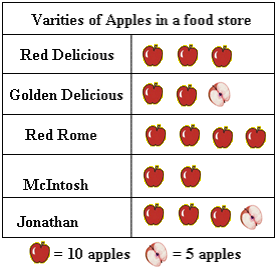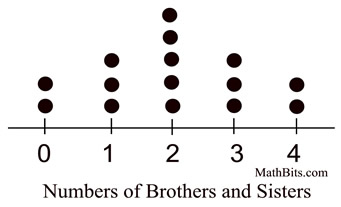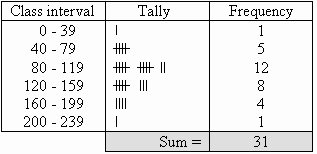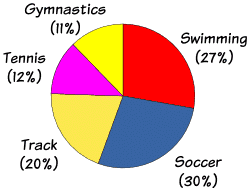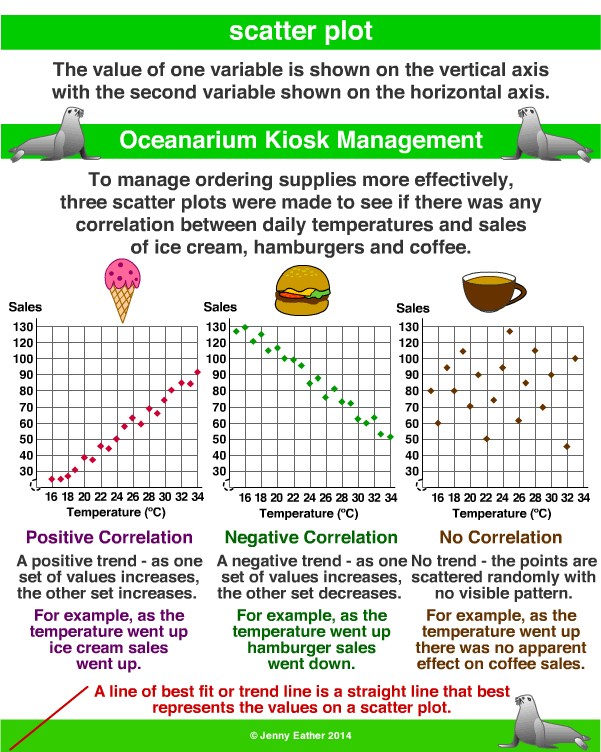
VOCAB!
-As you can see from the image above, I have the vocabulary words. I like this picture because it's a great print out for the classroom, and is super cute!!! I am however going to go and list my definitions as well.
Mean: also known as the average. To get the average you add all the data together then divide the sum by the number of data given.
Median: is the middle. If you don't have a middle number you add the two numbers in the middle of your data and divide by 2. You do however, need to make sure that your data is in least to greatest order.
Mode: this is the data that occurs most frequently.
Range: is the difference between the smaller and biggest number of the data.
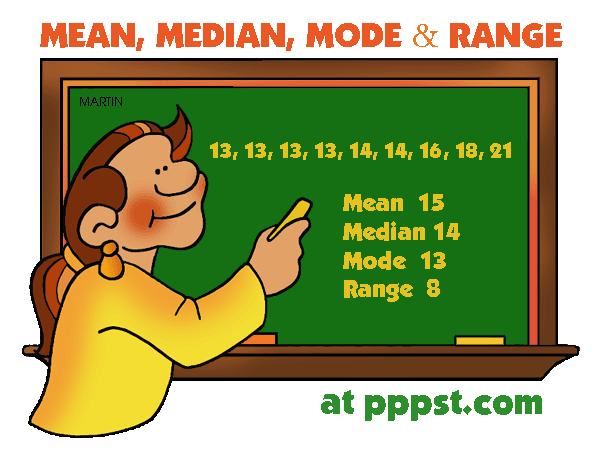
How did she get the mean?
-You add up all the data then divide by the number of data given.
-Total data given: 9
*13+13+13+13+14+14+16+18+21=135
-Now take 135 and divide it by 9
*135/9=15
What about mode?
-You can have more than one mode. If 14 was repeated 4 times, like 13 is, then you would have two modes.
How did she get the range?
-The range is the Biggest number subtracted by the smallest number.
21-13=8
